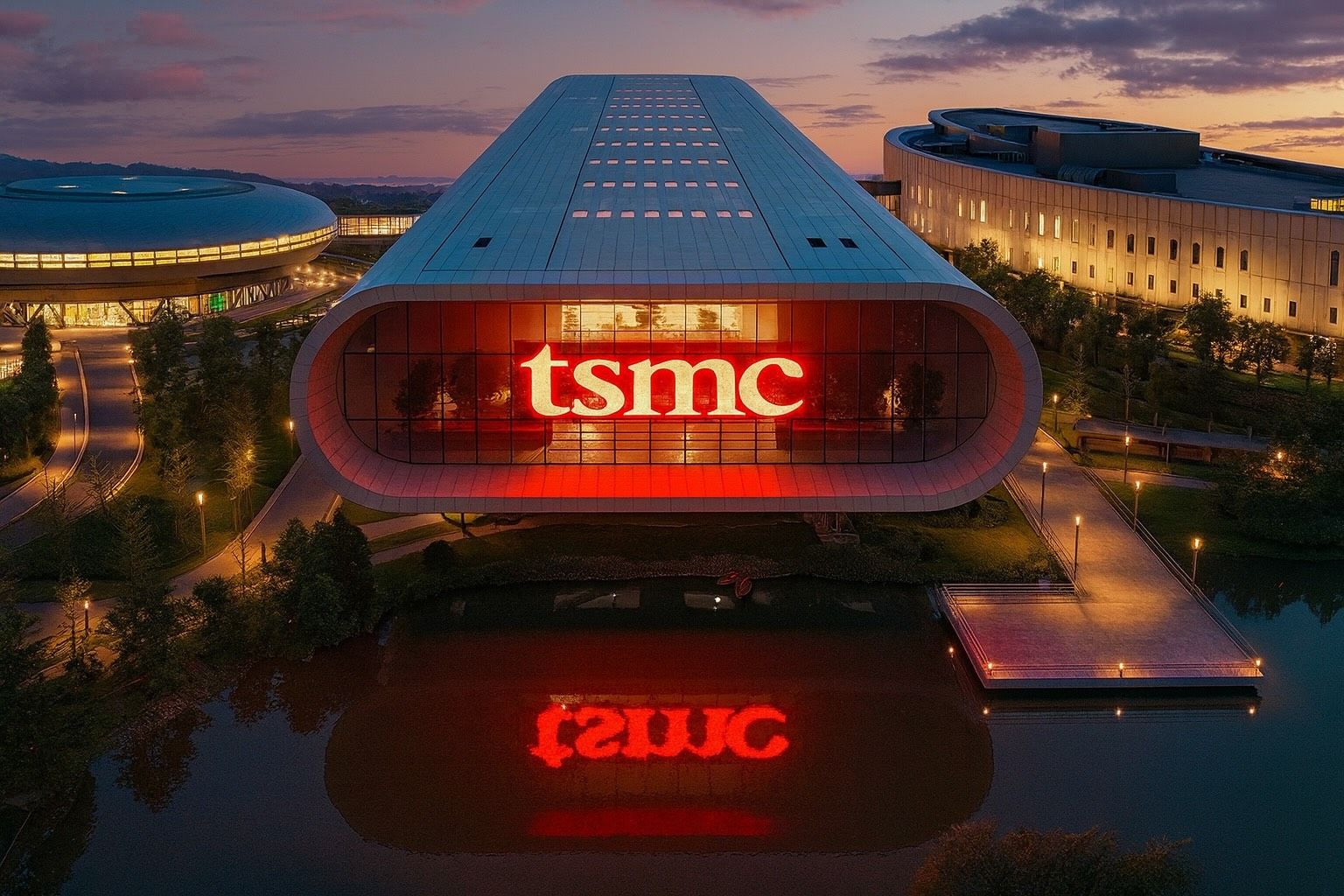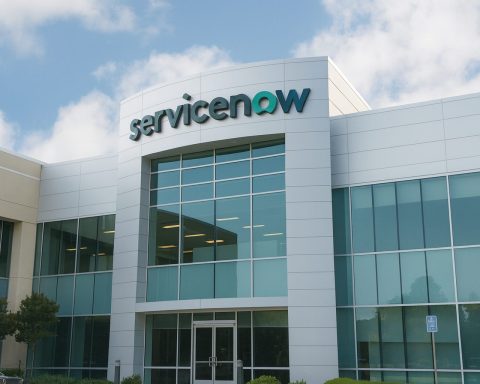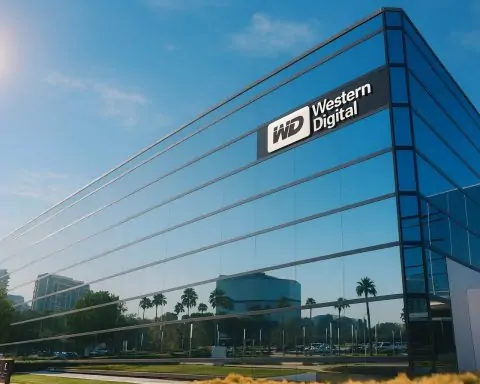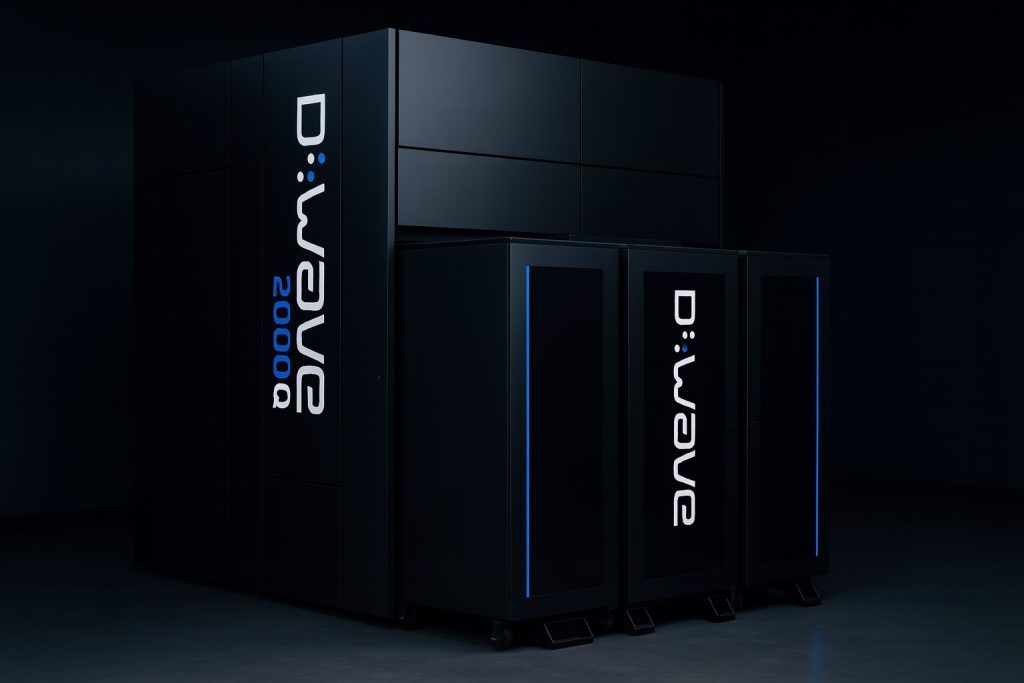Key Facts – Taiwan Semiconductor Manufacturing Co. (TSMC) as of 6 October 2025
- Record valuations: TSMC’s Taipei‑listed shares hit a record NT$1 ,370 on 2 October 2025, closing at NT$1 ,365; U.S.‑listed shares briefly reached $292.19 on 3 October with pre‑market trading around $296 ahead of 6 October [1] [2].
- Revenue surge: TSMC reported Q2 2025 revenue of US$30.1 billion (44 % year‑on‑year) with first‑half sales of US$60.5 billion; it guided Q3 revenue of US$31.8–33 billion and full‑year growth around 30 % [3].
- AI‑driven demand: Strong demand for AI and high‑performance computing chips is doubling TSMC’s AI‑accelerator revenue and pushing customers like Nvidia, AMD and Apple to line up for its 2 nm process [4] [5].
- U.S. expansion: TSMC is building a “GIGAFAB cluster” north of Phoenix with three fabs, two packaging plants and an R&D centre—part of a US$165 billion investment plus another US$100 billion committed in March 2025 [6]. It plans for the United States to handle roughly 30 % of its 2 nm and more advanced capacity [7].
- Geopolitical tensions: Taiwanese officials and TSMC have rebuffed U.S. suggestions for a 50‑50 production split, stressing that most manufacturing will remain in Taiwan [8]. Investors like Steve Weiss warn that TSMC remains “ground zero” for potential China‑Taiwan conflict [9].
- Technology leadership: TSMC commands over 90 % of the 3 nm/2 nm foundry market and aims to begin high‑volume production of 2 nm chips in Q4 2025; a 1.4 nm facility is targeted for 2028 [10].
- Analyst upgrades: Brokers such as Barclays and Huatai have raised price targets to $325 and $320, citing AI leadership and rising average selling prices, while consensus sits around $283 [11].
- Upcoming catalyst: TSMC will release Q3 2025 earnings on 16 October, with analysts expecting 25 – 30 % revenue growth and updates on the 2 nm ramp [12].
Overview and Recent Developments
Taiwan Semiconductor Manufacturing Company Limited (TSMC) is the world’s largest pure‑play foundry and a pillar of global supply chains. In late September and early October 2025, its stock and strategic decisions drew significant attention, reflecting booming demand for artificial‑intelligence chips, ambitious global expansion and mounting geopolitical risks.
Stock Performance around 6 October 2025
TSMC’s shares rallied sharply in late September. On 2 October 2025, the Taipei‑listed stock set an intraday record of NT$1 ,370 and closed at NT$1 ,365 after a 3.29 % surge in U.S.‑listed shares [13]. The gains lifted the company’s market capitalization to roughly NT$35 trillion and drove Taiwan’s TAIEX index to record highs, buoyed by optimism about AI and a visit from OpenAI chief Sam Altman [14]. TSMC’s U.S. ADRs traded $292.19 on 3 October, with pre‑market quotes near $296 on 6 October [15].
Analysts attribute the rally to strong AI demand and expectations for the company’s 2 nm technology. Chien Po‑yi, a senior analyst at Cathay Securities, advised investors to “buy on dips” and highlighted sectors like AI infrastructure and semiconductors for continued momentum [16]. TSMC’s stock has provided impressive returns: 20 % in the past month, nearly 45 % year‑to‑date and over 63 % for the past 12 months [17].
Financial Performance and Upcoming Earnings
TSMC delivered stellar results in the first half of 2025. The company reported Q2 revenue of US$30.1 billion, up 44 % year‑on‑year, and net profit of T$398.3 billion driven by surging AI demand [18]. Management raised full‑year revenue growth guidance to around 30 % and maintained capital expenditure of US$38–42 billion [19]. For Q3 2025, TSMC guided revenue of US$31.8–33 billion with gross‑margin expectations of 55.5 – 57.5 % [20]. Analysts anticipate another quarter of robust growth—25 – 30 % year‑on‑year—when the firm reports results on 16 October 2025 [21]. They will also look for updates on the ramp‑up of 2 nm production and customer allocation.
Technology and Manufacturing Developments
2 nm and 1.4 nm Roadmaps
TSMC remains the technology leader in advanced semiconductors. It dominates more than 90 % of the 3 nm and 2 nm foundry market, with total foundry share estimated at 60–70 % [22]. The company plans high‑volume manufacturing of 2 nm chips by Q4 2025 and is targeting a 1.4 nm facility by 2028 [23]. Customers across the industry—including Nvidia, AMD, Intel, Google, Broadcom, Apple, Qualcomm and MediaTek—are reportedly designing chips on the 2 nm node. KLA’s CFO Bren Higgins stated that about 15 customers, including 10 high‑performance computing (HPC) clients, were engaged at TSMC’s N2 process [24]. The 2 nm technology will underpin future AI accelerators, with Nvidia’s Rubin Ultra GPU and AMD’s MI450 expected to use it [25]. Apple has secured a large share of the initial capacity for its A20 and M6 chips [26].
Overseas Expansion and Capacity Plans
To mitigate geopolitical risk and tap into subsidies, TSMC is investing heavily abroad. In the United States, it is building a GIGAFAB cluster north of Phoenix, comprising three advanced wafer fabs, two advanced‑packaging plants and an R&D centre, under a US$165 billion programme with an extra US$100 billion committed in March 2025 [27]. The company aims to produce roughly one‑third of its most advanced chips in Arizona, with about 30 % of 2 nm and smaller capacity located in the U.S. [28]. Construction challenges have delayed the first Arizona fab, but TSMC plans to eventually operate six advanced‑node fabs there, along with two packaging plants and an R&D centre [29]. It is also developing a 22/28 nm plant in Dresden, Germany, and expanding capacity in Japan; high costs mean that its core operations will remain in Taiwan [30].
Geopolitical Issues and Trade Policy
U.S.–Taiwan Semiconductor Policy
Debate intensified in October 2025 over U.S. proposals for a 50‑50 production split, which would require TSMC to manufacture as many chips in the United States as in Taiwan. Taiwan’s chief tariff negotiator stated that the island “never agreed” to such a split and emphasised that the matter wasn’t even discussed during trade talks [31]. Vice Premier Cheng Li‑chiun said Taiwan aims to expand U.S. production but won’t relocate supply chains; she hopes for lower U.S. tariffs instead [32]. Researcher Liu Pei‑chen warned that moving advanced production overseas could affect Taiwan’s semiconductor ecosystem and investors will closely watch TSMC’s investor conference for clarity [33].
U.S.–China Tariffs and Subsidies
TSMC is phasing out Chinese equipment from its 2 nm lines to qualify for U.S. subsidies under proposed legislation. According to Business Standard, TSMC’s 2 nm plants in Hsinchu and Kaohsiung will begin mass production later this year, and the company is working to ensure compliance with U.S. CHIPS Act rules [34]. A temporary reduction in U.S.–China tariffs, extended through 10 November 2025, gives chipmakers breathing room but does little to quell long‑term tensions [35].
Investor Concerns and Military Risk
Some investors view TSMC as vulnerable due to geopolitical tensions. Hedge‑fund manager Steve Weiss trimmed his TSMC stake, warning that the company is at “ground zero” for a possible China–Taiwan conflict despite being his fund’s largest position [36]. Warren Buffett sold TSMC’s shares in 2023 citing similar concerns. Analysts note that while the U.S. expansion reduces concentration risk, the bulk of TSMC’s facilities remain in Taiwan, leaving investors exposed to geopolitical shocks [37].
Expert Commentary and Analyst Perspectives
Analysts remain broadly positive but highlight risks. Barclays raised its price target to $325, citing TSMC’s leadership in AI chips and rising average selling prices, while Huatai boosted its target to $320 [38]. CFRA and BofA Securities maintain targets around $295 and $290 [39]. The Simply Wall St team notes that TSMC’s stock has delivered more than 250 % over five years but appears moderately overvalued on some discounted cash‑flow metrics [40].
During a sponsored briefing, Manufacturing Dive wrote that U.S. states such as Arizona, Texas, Idaho and Colorado are competing for semiconductor investments due to business‑friendly policies; TSMC’s Phoenix cluster is part of this trend [41]. Meanwhile, SemiWiki highlighted that TSMC has 15 customers lined up for its N2 process, expects AI chip revenue to double in 2025 and continues to see trust and high yields as key differentiators [42]. Nvidia CEO Jensen Huang praised TSMC as indispensable to AI innovation, calling an investment in TSMC “smart” [43].
Industry Outlook and Future Prospects
The broader semiconductor industry is being reshaped by AI demand, supply‑chain diversification and geopolitical competition. TSMC stands at the nexus of these trends:
- AI Supercycle: Analysts expect AI chip demand to grow at a 32 % compound annual rate through 2033, underpinning long‑term revenue growth [44]. TSMC’s ability to deliver cutting‑edge nodes ahead of competitors positions it to capture a large share of this market.
- Supply‑Chain Diversification: The push to build fabs in the U.S., Japan and Europe aims to reduce geopolitical risk and secure subsidies. However, overseas plants are more expensive than Taiwan’s, and supply‑chain dependencies—such as Japanese specialty chemicals—remain [45]. TSMC intends to keep its most advanced R&D in Taiwan while allocating around one‑third of 2 nm capacity to the U.S. [46].
- Competition and Collaboration: Rivals Intel and Samsung are racing to catch up with their 18A/2 nm processes using ASML’s high‑NA EUV machines, but analysts believe TSMC will maintain a significant lead [47]. The company is also co‑designing chips with customers and exploring partnerships with MediaTek for its Arizona fab [48].
- Regulatory and Trade Risks: The outcome of U.S.–China tariff negotiations and CHIPS Act implementation will determine subsidy access and equipment restrictions. Taiwan’s government has resisted U.S. demands for a production split, emphasizing sovereignty over its supply chain [49].
Conclusion
As of early October 2025, Taiwan Semiconductor Manufacturing Company stands at a critical juncture. The company’s stock is trading near record highs thanks to booming AI demand and anticipation of its 2 nm process. Revenue growth remains strong, and analysts expect Q3 results to confirm its upward trajectory. Yet, the firm faces significant challenges—from cost overruns and delays at its U.S. facilities to geopolitical tensions that could disrupt operations. Investors must weigh TSMC’s technological dominance and earnings power against the geopolitical risks inherent in its Taiwan-centric footprint. The coming months, including the release of Q3 earnings and updates on 2 nm production, will be pivotal for gauging whether TSMC can sustain its momentum while navigating an increasingly complex global landscape.
References
1. www.taiwannews.com.tw, 2. stockanalysis.com, 3. semiwiki.com, 4. www.hpcwire.com, 5. semiwiki.com, 6. www.manufacturingdive.com, 7. www.business-standard.com, 8. www.reuters.com, 9. finviz.com, 10. semiwiki.com, 11. capital.com, 12. www.mitrade.com, 13. www.taiwannews.com.tw, 14. www.taiwannews.com.tw, 15. stockanalysis.com, 16. www.taiwannews.com.tw, 17. simplywall.st, 18. semiwiki.com, 19. www.reuters.com, 20. investor.tsmc.com, 21. www.mitrade.com, 22. semiwiki.com, 23. semiwiki.com, 24. www.hpcwire.com, 25. www.hpcwire.com, 26. ts2.tech, 27. www.manufacturingdive.com, 28. www.business-standard.com, 29. www.benzinga.com, 30. ts2.tech, 31. www.reuters.com, 32. www.reuters.com, 33. www.tribuneindia.com, 34. www.business-standard.com, 35. www.business-standard.com, 36. finviz.com, 37. ts2.tech, 38. capital.com, 39. ts2.tech, 40. simplywall.st, 41. www.manufacturingdive.com, 42. semiwiki.com, 43. semiwiki.com, 44. www.mitrade.com, 45. www.benzinga.com, 46. www.business-standard.com, 47. www.investing.com, 48. ts2.tech, 49. www.reuters.com








